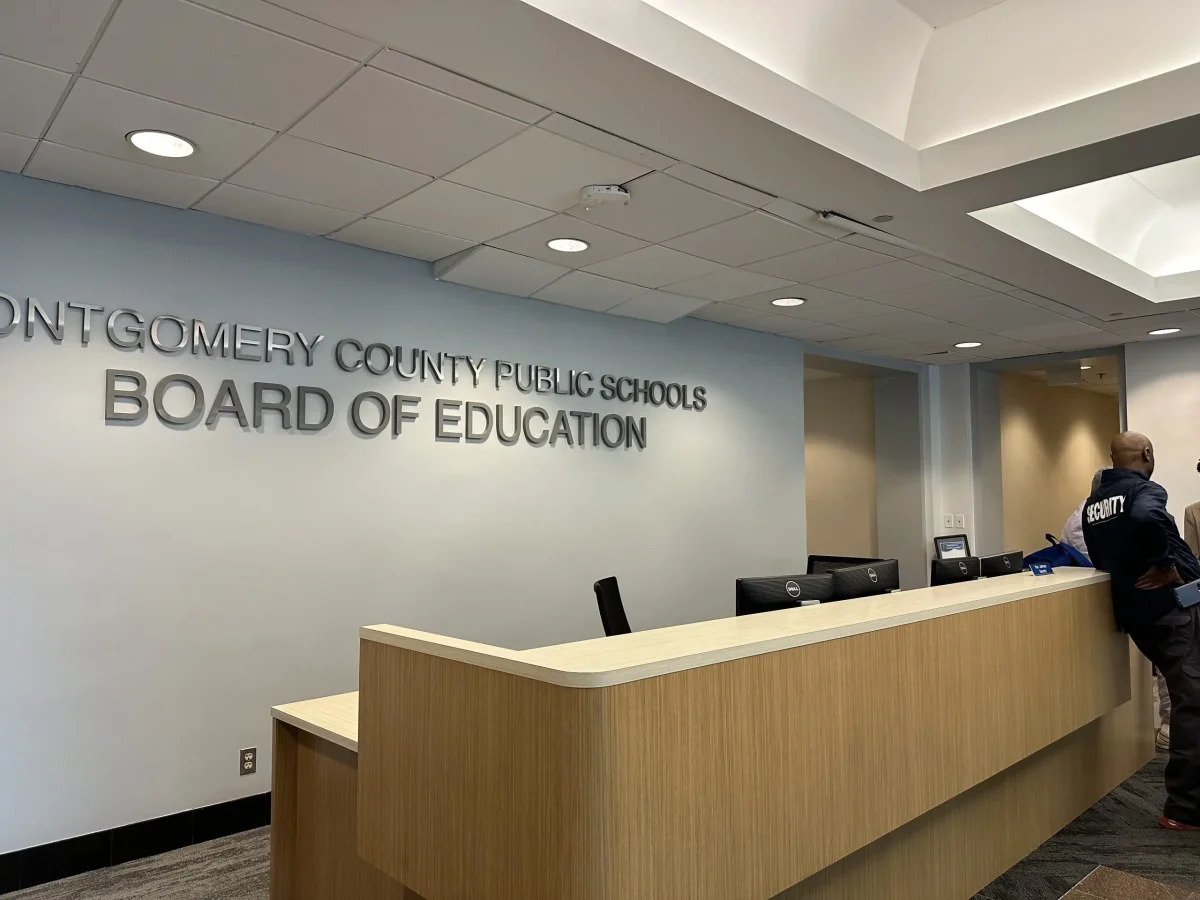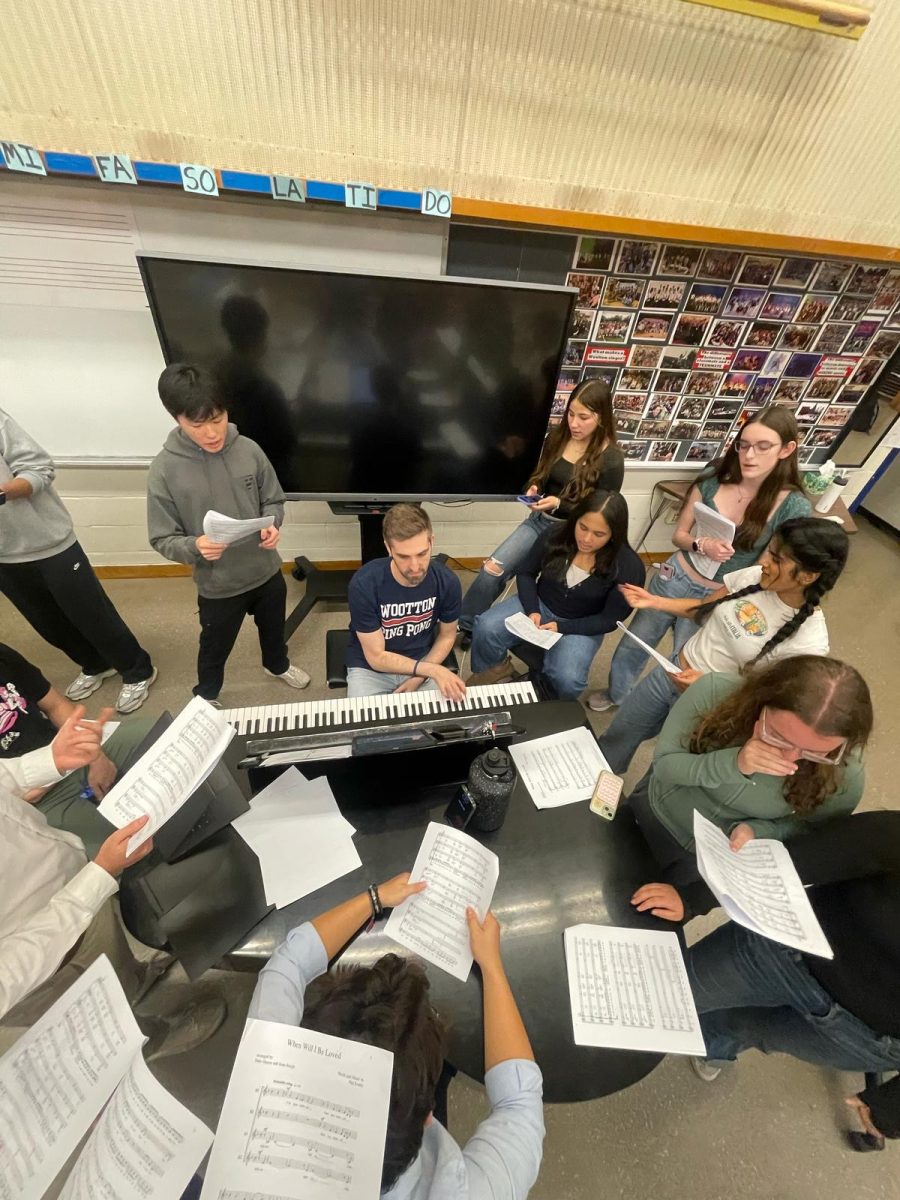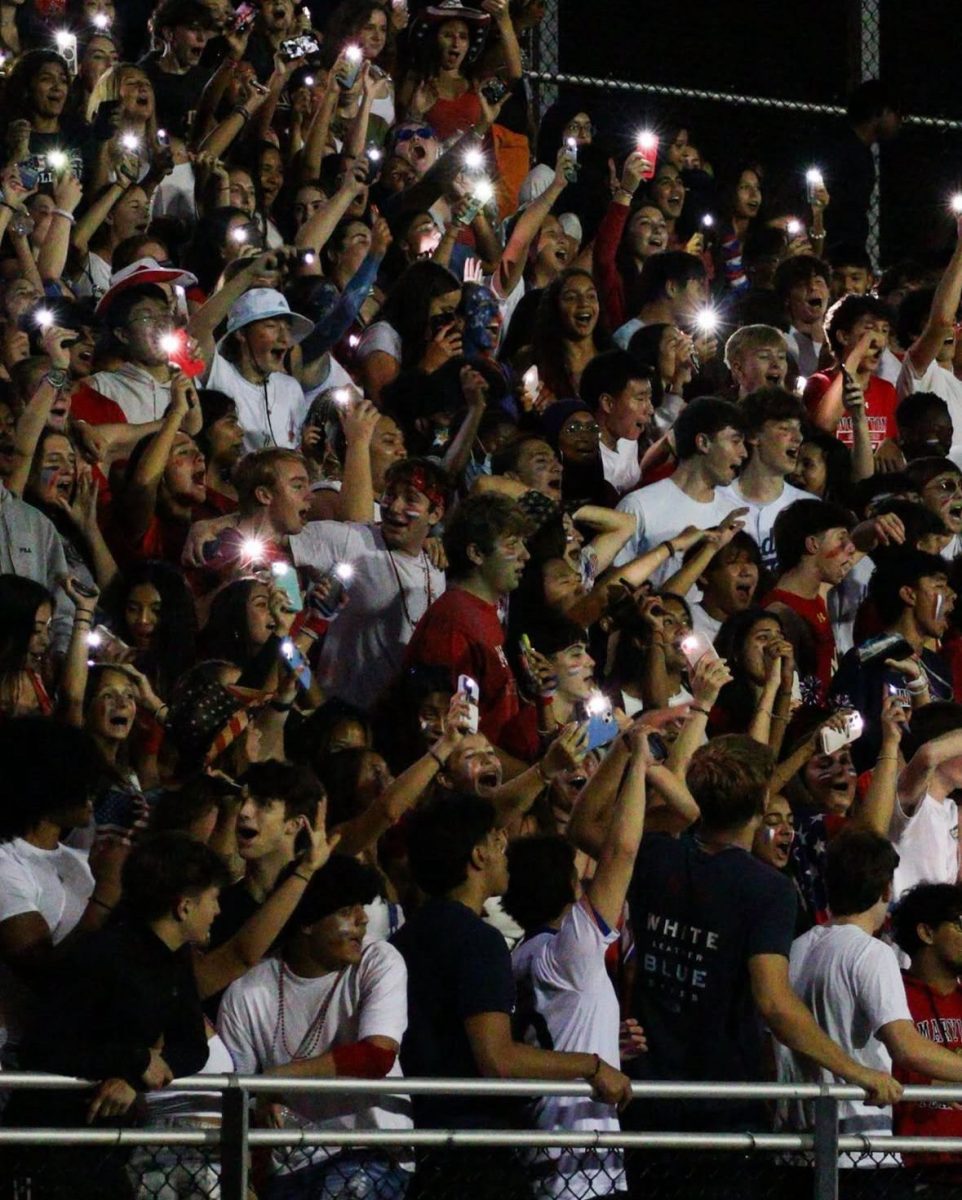In this school, the cafeteria serves as the primary source of nourishment for students during the day. However, the cafeteria is typically open only during the designated lunch period, limiting students’ access to food and beverages when they might need them throughout the day.
By keeping the cafeteria open throughout the entire school day, students would have greater access to nutritious meals and snacks, ultimately improving focus, energy levels and overall academic performance. “Usually I get really hungry before lunch and like to eat a little snack, so it would be so nice to be able to just go downstairs during the school day and be able to get a snack when I am starving,” sophomore Noah Rhee said.
The cafeteria being open throughout the whole day helps accommodate students’ busy schedules. Students have tough academic programs, extracurricular activities and early morning or late afternoon commitments that make it difficult to eat during the traditional lunch period.
Allowing students to purchase meals or snacks at any time would ensure they are properly fed throughout the day, preventing energy crashes that can negatively affect concentration and productivity. “I would love for the cafeteria to stay open throughout the whole day because I get hungry in class even after lunch, so it would really help me gain more energy for the rest of the school day,” senior Isabella Hovian said.
Access to vending machines stocked with healthy snacks and drinks would offer students a way to be able to maintain their energy levels between classes. Studies show that small, nutritious snacks such as granola bars, fruit, nuts, and yogurt can significantly enhance cognitive function and concentration, according to Homework Help Global. “Sometimes when school is over and I am about to have practice for the school track team I would want to get a little snack like a granola bar, but I never can because the cafeteria is always closed and I do not remember to get it during lunch,” sophomore Maelyss Davi said.
By incorporating vending machines with healthier options and allowing cafeteria access all day, schools can create an environment where students are encouraged to make healthier choices rather than relying on sugary or processed alternatives from outside sources.
Opponents of this idea may argue that extended cafeteria hours would lead to increased costs and require additional staff. “Every space that has students in it needs monitoring for safety and security and we already have a set time for lunch so it helps with scheduling and ensuring that students can focus on their time on academics and studies,” administrator Gillian Ratti said.
One way schools could offset these expenses is by integrating self-service kiosks or utilizing student workers as part of work-study programs.
It’s time to rethink traditional school meal policies and prioritize the well-being of students by ensuring they have access to nutritious food whenever they need it.






![The 2025-2026 Editorial Board Alex Grainger, Cameron Cowen, Helen Manolis, Emory Scofield, Ahmed Ibrahim, Rebekah Buchman, Marley Hoffman, Hayley Gottesman, Pragna Pothakamuri and Natalie Pak (Chase Dolan not pictured) respond to the new MCPS grading policy. “When something that used to be easy suddenly becomes harder, it can turn [students’] mindset negative, whereas making something easier usually has a better impact. I think that’s where a lot of the pushback comes from. But if you put emotions aside, I do think this change could help build stronger work ethic,” Ibrahim said.](https://woottoncommonsense.com/wp-content/uploads/2025/09/fqr5bskTXpn0LRQMmKErLuNKdQYBlL726cFXBaWF-1200x900.jpg)


